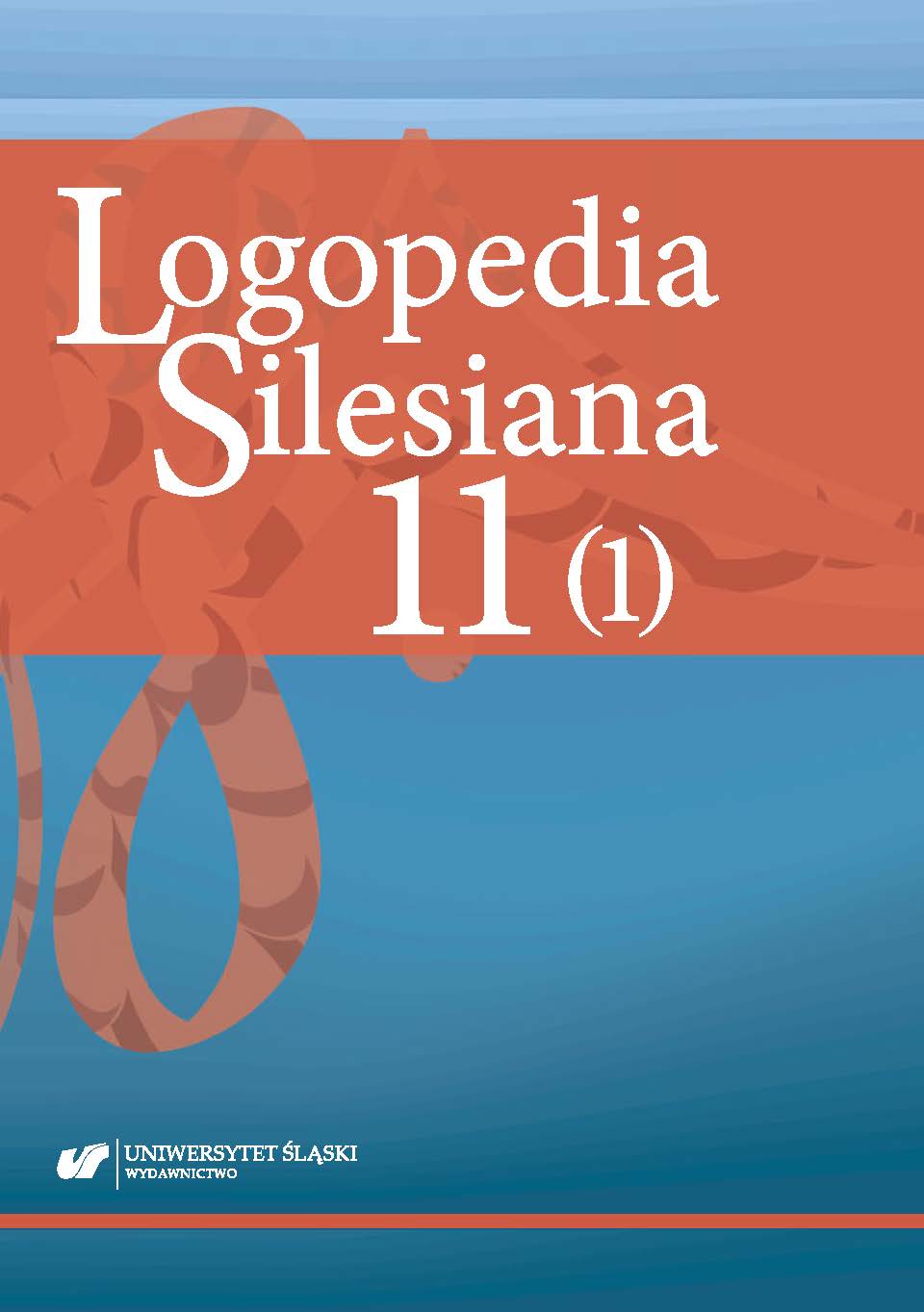Brückner, A. (1927). Słownik etymologiczny języka polskiego. Kraków: Krakowska Spółka Wydawnicza.
Google Scholar
Czajkowska-Kisil, M. (2014). Głusi, ich język i kultura – zarys problematyki. In: P. Rutkowski, S. Łozińska (eds.), Lingwistyka przestrzeni i ruchu. Komunikacja migowa a metody korpusowe (pp. 17–35). Warszawa: Wydział Polonistyki Uniwersytetu Warszawskiego. https://www.plm.uw.edu.pl/wp-content/uploads/2012/07/Czajkowska-Kisil-Glusi-ich-jezyk-i-kultura.pdf [access: 23.05.2021].
Google Scholar
Iwanicka, B. (2017). Bariery i przykłady wsparcia w procesie edukacji w środowisku osób z wadami słuchu. Studia Edukacyjne, 43, 247–261. https://doi.org/10.14746/se.2017.43.15.
Google Scholar
Kubik, W. (2005). Anatomia, fizjologia i patologia narządów głosu, mowy i słuchu. Szczecin: Wydawnictwo Polskiego Związku Głuchych.
Google Scholar
Marganiec, B. (2014). Kultura głuchych. In: M. Świdziński (ed.), Sytuacja osób głuchych w Polsce. Raport zespołu ds. g/Głuchych przy Rzeczniku Praw Obywatelskich (pp. 137–157). Warszawa: Biuro Rzecznika Praw Obywatelskich.
Google Scholar
Markowski, A. (ed.). (2004). Wielki słownik poprawnej polszczyzny PWN. Warszawa: Wydawnictwo Naukowe PWN.
Google Scholar
Pachocińska, E. (1998). Wstęp do językoznawstwa ogólnego. Warszawa: Wydawnictwo Uniwersytetu Warszawskiego.
Google Scholar
Périer, O. (1922). Dziecko z uszkodzonym narządem słuchu. Transl. T. Gałkowski. Warszawa: Wydawnictwa Szkolne i Pedagogiczne.
Google Scholar
Szczepankowski, B., & Koncewicz, D. (2008). Język migowy w terapii. Łódź: Wydawnictwo Naukowe WSP.
Google Scholar
Świdziński, M. (2003). Głusi uczniowie jako uczestnicy badań nad PJM. In: M. Świdziński, T. Gałkowski (eds.), Studia nad kompetencją językową i komunikacją niesłyszących (pp. 19–29). Warszawa: [Polski Komitet Audiofonologii].
Google Scholar
Świdziński, M. (2014), Wprowadzenie. W: M. Świdziński (red.), Sytuacja osób głuchych w Polsce. Raport zespołu ds. g/Głuchych przy Rzeczniku Praw Obywatelskich (s. 8–12). Warszawa: Biuro Rzecznika Praw Obywatelskich.
Google Scholar
Witkowski, J. (ed.). (2014). Rocznik Statystyczny Rzeczypospolitej Polskiej. Warszawa: Główny Urząd Statystyczny.
Google Scholar
Wiśniewska, D. (2020). Dorastanie między dwoma światami. Społeczne konteksty rozwoju słyszących dzieci niesłyszących rodziców. Wychowanie dwukulturowe KODA. Warszawa: Wydawnictwo APS.
Google Scholar
Wójcik, T. (2012). R(E)wolucja inwalidy – qualis artifex pereo! artPAPIER, 10(202). http://artpapier.com/index.php?page=artykul&wydanie=153&artykul=3282 [access: 23.05.2021].
Google Scholar


 https://doi.org/10.31261/LOGOPEDIASILESIANA.2022.11.01.08
https://doi.org/10.31261/LOGOPEDIASILESIANA.2022.11.01.08

 10.31261/LOGOPEDIASILESIANA
10.31261/LOGOPEDIASILESIANA